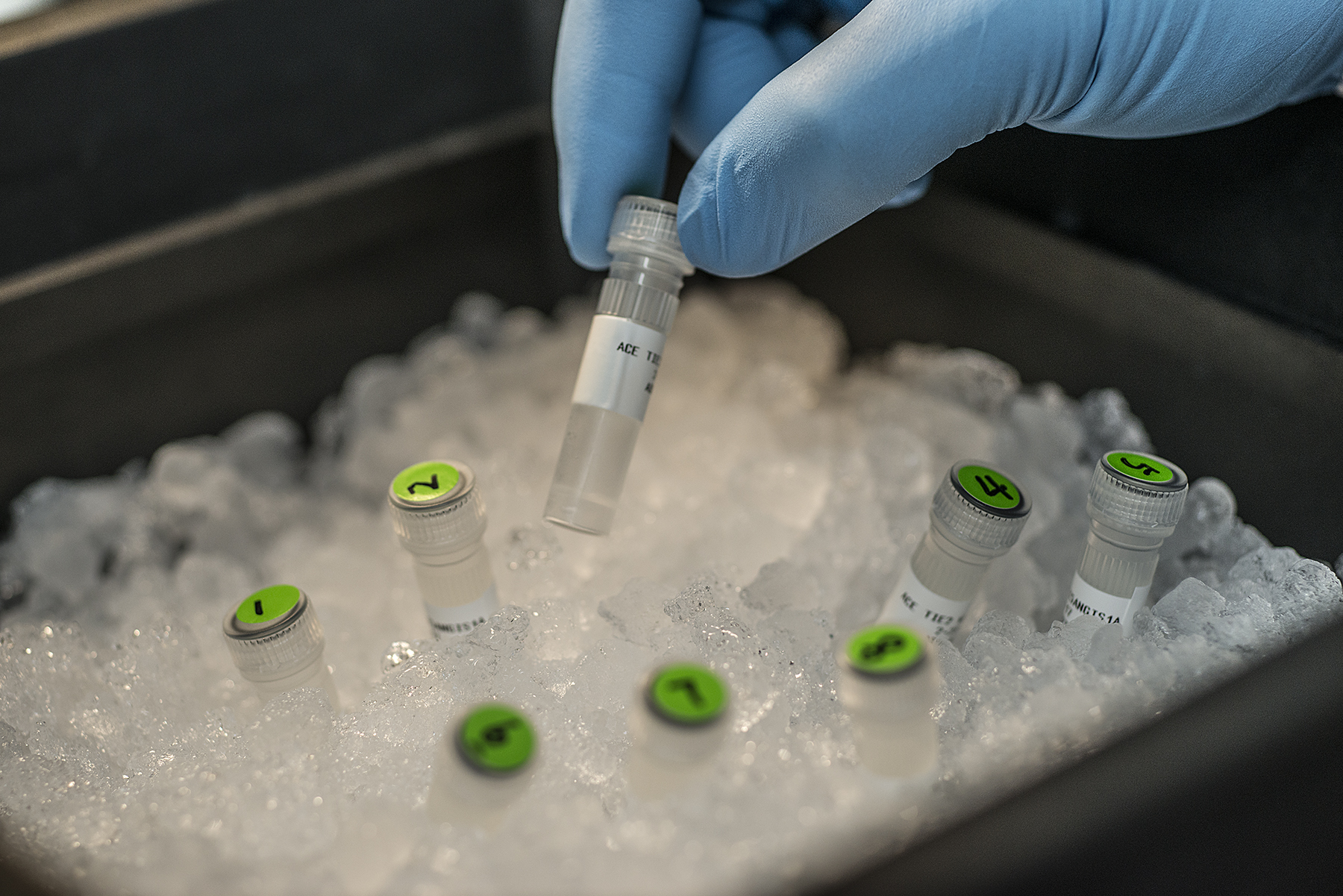Recent Faculty Publication: Macrophages play critical roles in atherogenesis
Chia-Hua Wua, Alan Daugherty*, and Hong Lu*
This commentary summarizes three recent publications that have elucidated effects of mediator subunit 1 (MED1) [3&&], Ca2þ/calmodu- lin-dependent protein kinase II (CaMKII) [4&&], and melanocortin 1 receptor (MC1-R) [5] in macro- phages in the development of atherosclerosis.
MED1, a subunit of mediator, functions as a transcriptional coactivator [6]. MED1 binds peroxi- some proliferator-activated receptor (PPAR)g[7]. Deficiency of MED1 impairs PPARg-regulated gene expression [8]. PPARg activation drives macro- phages toward the M2 phenotype that conveys anti- atherogenic properties [9]. Bai et al. [3&&] determined effects of MED1 on atherosclerosis and related mechanisms. The authors used two strategies to demonstrate roles of macrophage-derived MED1 in atherosclerosis. One strategy used apolipoprotein E deficient mice with monocyte/macrophage- specific MED1 genetic deficiency. Another was bone marrow transplantation by repopulating bone marrow cells from monocyte/macrophage-specific MED1 deficient mice into lethally irradiated low- density lipoprotein receptor deficient mice. MED1 regulated PPARg-induced M2 genes by enhancing the binding of PPARg on promoters of M2 marker genes and monomethylation at lysine 4 of histone H3 and acetylation at lysine 27 of histone H3 modification. MED1 deficiency in macrophages promoted M1 phenotype switch, augmented inflammatory response in the aorta, and increased atherosclerosis. These findings provide evidence that MED1 shows antiatherosclerotic effects by reg- ulating PPARg-mediated macrophage polarization. CaMKII is a serine-threonine kinase that regu- lates Ca2þ-mediated functions [10,11]. Dr Tabas’s group [4&&] found that CaMKIIg expression was increased in advanced atherosclerotic lesions. They then determined effects of macrophage CaMKIIg in efferocytosis of advanced atherosclerosis using myeloid-specific CaMKIIg deficient mice in a low- density lipoprotein receptor-/- background. Mer tyrosine kinase (MerTK) is a critical efferocytic recep- tor in macrophages and contributes to efferocytosis in atherosclerosis [12]. Genetic deletion of CaMKIIg in myeloid cells improved MerTK-mediated effero- cytosis and led to decreased necrotic cores and apoptosis in atherosclerotic lesions. Macrophage CaMKIIg inhibited a transcription factor, AMP- dependent transcription factor (ATF) 6, whereas ATF6 induced liver X receptor a, a MerTK inducer. These findings link macrophage CaMKIIg with ATF6, liver X receptor a, and MerTK to necrosis during atherosclerotic lesion development.
MC1-R is a G protein–coupled receptor that binds melanocortin peptides. It is abundant in monocytes and macrophages [13]. Rinne et al. [14&] reported previously that MC1-R activation pre- vented foam cell formation through increasing ATP- binding cassette transporter sub-family A member 1 (ABCA1) and ATP-binding cassette transporter sub- family G member 1 (ABCG1)-mediated reverse cho- lesterol transport. On the basis of this previous work, the authors [5] determined whether deficiency in MC1-R signaling would affect atherosclerosis. Whole body deficiency of MC1-R in apolipoprotein E deficient mice increased atherosclerosis, hyper- cholesterolemia, and hepatic lipid accumulation. Deficiency of MC1-R also increased accumulation of lymphocyte antigen 6 complex, locus Chigh monocytes and macrophages in aortas of mice fed a normal rodent laboratory diet. These data high- light the importance of MC1-R in cholesterol metab- olism, macrophage infiltration, and atherosclerosis. Although this commentary only introduces three recent reports, many other studies have also explored extended mechanisms using human tissues, animal models, and culture systems to understand how macrophages or molecules in mac- rophages contribute to atherosclerosis. It is worth noting that most studies either focus on one sex or have no description of the sex studied in animal models. We expect that more investigators will pay attention to sex differences in future studies of under- standing mechanisms of atherosclerosis [15].
Full link and PDF: https://insights.ovid.com/crossref?an=00041433-201806000-00017
*Saha Cardiovascular Research Center Faculty
